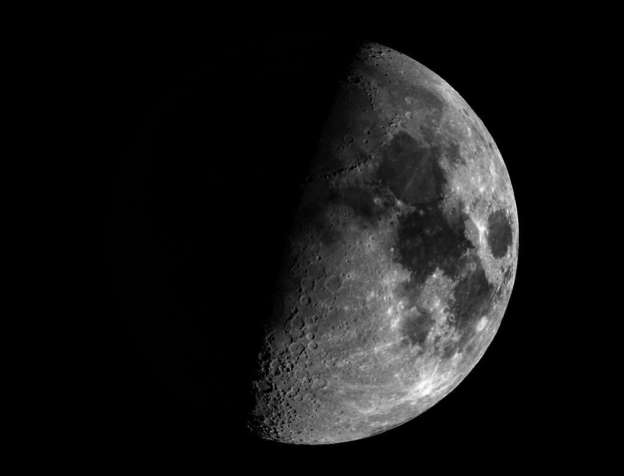For normal eyes, it looks like the Moon is in a round shape. But it was not so actually. It was more like an egg shaped. ISRO said owing to its elliptical tilt in space, it is often considered that the Moon to be round, whereas its actual shape is closer to an oval.
It’s only because of the way it is tilted towards us, that it appears round.
Only one side of the Moon can be seen at a time. The Moon moves in synchronous orbit, exposing only one of its sides to Earth at a time. Owing to this, landing spacecrafts on the ‘far side’ of the Moon, especially on its South Polar region, is a challenging endeavour.
While the technical difficulties of landing on the Moon’s South Polar region have deterred many previous attempts, Chandrayaan-2 will be the first to reach this part of the lunar surface–taking the Indian tricolour where no human has been before.
As the crow files, a commercial aircraft would take nearly 25 days to reach the moon.
At an average speed of 640 kmph, commercial aircraft such as the Boeing 747 will take nearly a month to cover 384,400 km between the Earth and the Moon.
Heard of Moonquakes ?
Quite often one would have seen and heard of earthquakes. While we experience earthquakes because of seismic activities at the Earth’s core, ‘Moonquakes’ are caused by Earth’s gravitational pull–setting of shifts that crack and rupture the Moon’s surface.
The Moon’s surface temperature can range from a cool -157 deg C to blistering 121 deg C–in a single day.
The Earth pales on comparison, with the lowest recorded temperature being -89.2deg C (Antartica’s Vostok Station) and highest being 70.7 deg C (Iran’s Lut Desert).




